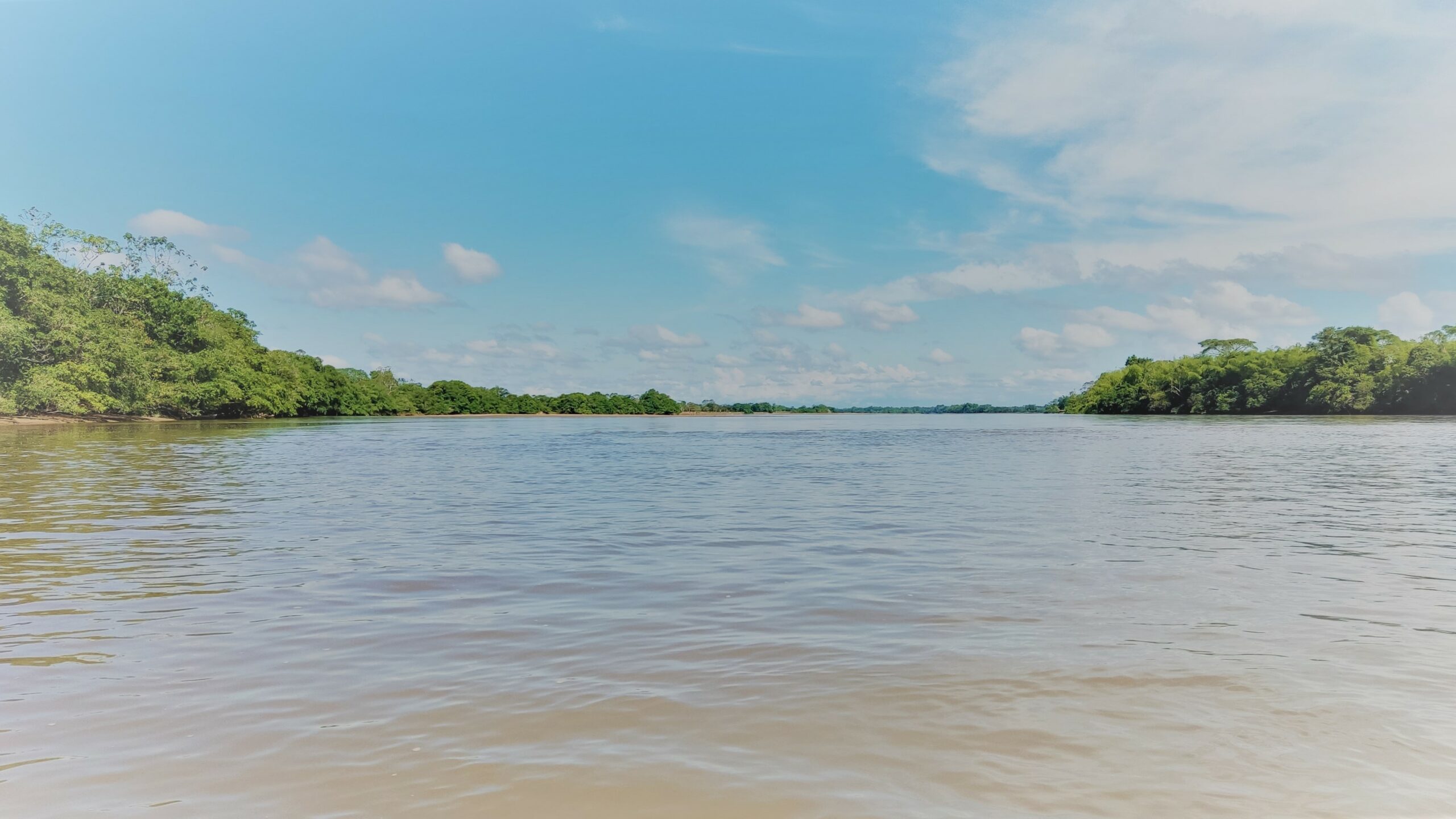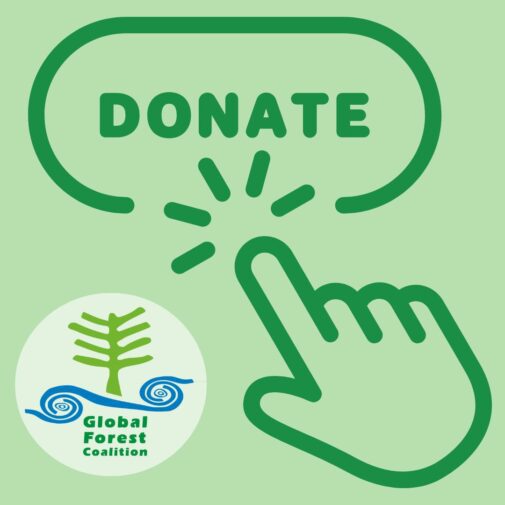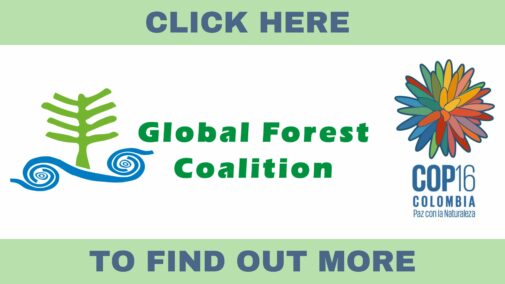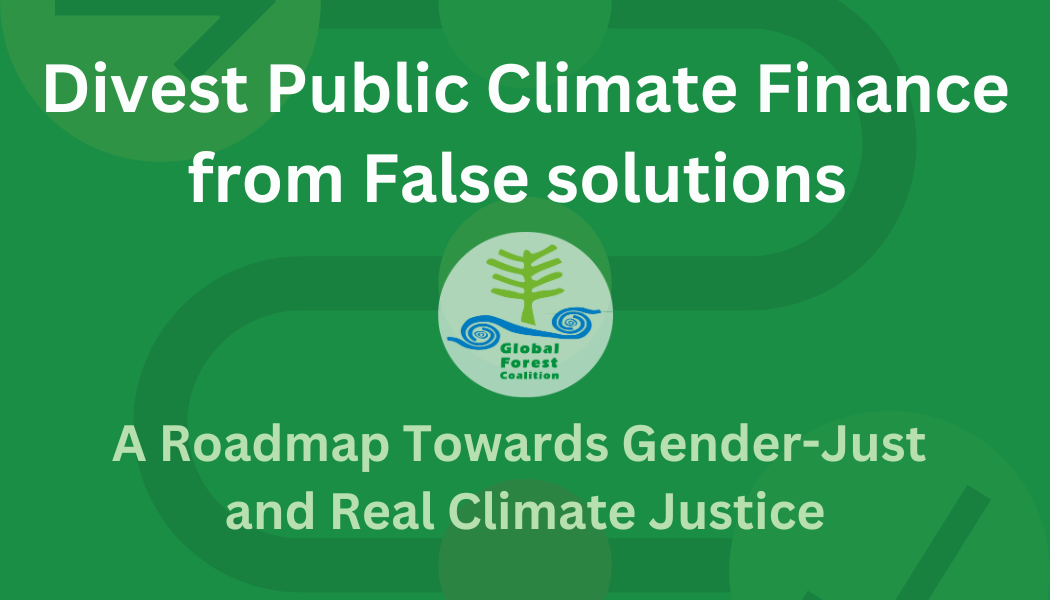Morning hearing on 4 February between the OWG Co-Chairs and Major Groups and other stakeholders
(cross-posted from http://www.un-ngls.org/spip.php?article4408&var_mode=calcul#Morning%20hearing%20on%204)
On 4 February, the morning hearing between the OWG Co-Chairs and Major Groups and other stakeholders focused on “forests and biodiversity.”
The first panellist, Sabá Loftus, from the Global Environmental Outlook for Youth (GEO5 for Youth) and the Major Group for Children and Youth, highlighted the interlinkages between forests and biodiversity, noting that “you can’t have one without the other.” Shifting the focus, she said, “It is very clear to everyone in this room that business as usual is not really working, and deforestation and biodiversity loss are essentially economic issues.” This is linked to the ongoing desire for “unlimited economic growth” that is exerting a dangerous level of pressure on the environment, in tandem with population increase and unsustainable economic development.
Ms. Loftus noted that there are already many existing agreements on forests and biodiversity, such as the Convention on Biological Diversity, which includes specific targets that could be easily incorporated into the SDGs. She added, “Goals, when we do have them, cannot be considered in isolation – they must be interlinked and consider the different thematic areas,” and the big challenge will be enforcement at the national and local level. Ms. Loftus further noted that youth are calling for data and monitoring gaps to be closed, as these gaps are limiting the ability of governments to divert unwanted outcomes and change trends. She also drew attention to the need to create financial incentives for Member States to achieve the SDGs, “because at the moment, how do you make trees that are standing more affordable than those that are cut down?”
Isis Álvarez from Global Forest Coalition, speaking on behalf of the Women’s Major Group, began by asserting: “The importance of diverse forests as well as other ecosystems to achieve global sustainable development cannot be over-emphasized and many benefits are still beyond human understanding. Thus, their diligent conservation must be central to any sustainable development planning and policy.” Turning her focus to the issue of gender and forests, Ms. Álvarez stated, “Women often cultivate lands that they do not own, and gather resources from forests to which they lack titles. Even where there are land tenure policies in place, some patriarchal cultures will not consider women’s land tenure rights. Historically, land reforms have tended to grant tenure rights to men ignoring gender aspects.”
The Women’s Major Group proposed a goal, entitled “Conservation of Ecosystems and Sustainable Use of Land and other Natural Resources,” accompanied by the following targets:
> Zero loss of forest cover (based on a definition of forests that excludes industrial tree and shrub plantations);
> Zero depletion of clean freshwater resources, full protection and ambitious restoration of healthy freshwater ecosystems. This requires both the protection and restoration of healthy ecosystems and ending over-extraction of water, especially for irrigation and water-intensive industries;
> Zero loss of other ecosystems, including grasslands, peatlands, savannah, tundra and alpine ecosystems;
> Restore or allow natural regeneration of 50 million hectares of degraded or destroyed ecosystems restored or allowed to naturally regenerate;
> Phase out all agricultural practices that cause soil erosion, depletion and compaction;
> Redirect or eliminate all potentially perverse incentives promoting unsustainable consumption and production patterns that might trigger biodiversity loss;
> Fully document and recognize the territorial rights and customary conservation practices of Indigenous peoples, women and local communities;
> Ensure that women and men participate equally in governance of forests and other natural resources; and
> Require the fulfilment of the right to free, prior and informed consent of all communities, including Indigenous peoples, for any projects and developments that may affect lands which they own, occupy or otherwise use.
Referring to a joint paper by the CBD Alliance and the Global Forest Coalition, Simone Lovera from Supervivencia/Friends of the Earth and speaking on behalf of the NGO Major Group, pointed out a few misconceptions within the TST Issue Briefs on Biodiversity and Forests. One is the myth that forest destruction is mainly confined to the tropics and that it is declining. Ms. Lovera noted that there is ongoing forest degradation, in developed countries as well, including the US, Canada, and increasingly in Europe. A main driver is the proliferation of wood-based bioenergy policies that require massive amounts of wood, including importing wood from precious wetland forests in the US to the UK.
Another misunderstanding is that plantations are forests; there is danger in using this concept in relation to the reduction of net forest loss, which basically means the loss of forest and biodiversity in one community could be compensated by restoring forest, or “afforestation,” in another community. Afforestation means planting in areas which have not naturally supported forests, and this practice leads to biodiversity loss. “You can’t compensate deforestation in one area by restoring in other areas because communities will still be affected,” Ms. Lovera warned.
She also pointed to the need to address the underlying causes of biodiversity destruction, in particular the industrial livestock industry. In addition, Ms. Lovera voiced concern over the term “sustainable forest management” as it often includes industrial tree plantations and even industrial logging.
Ms. Lovera drew attention to key recommendations, including:
> An integrated SDG on the conservation and sustainable use of ecosystems and natural resources;
> A separate SDG on sustainable consumption and production patterns – including reduction in consumption of paper, and the abolition of environmentally harmful subsidies;
> The ecosystems and natural resources SDG should include the following targets (among others): zero deforestation and forest degradation by 2030; full recognition of all Indigenous territories and marine and terrestrial areas conserved areas (ICCAs) that are legally recognized;
> Indicators should include gender-sensitive indicators, and indicators regarding the total area of Indigenous territories and community conserved areas (ICCAs) that are legally recognized; and
> Biodiversity and forest targets should also be integrated under other SDGs, as biodiversity is an essential life-support system for all human sectors.
Ms. Lovera further noted that members of the CBD Alliance strongly oppose a separate SDG on forests as they are an ecosystem, and should be recognized as such. “We also oppose any ‘net’ goals or targets for forests, land degradation or other ecosystems. The assumption that you would be able to compensate ecosystem or soil loss at one location with ecosystem or soil restoration in another location is deeply flawed from a moral, scientific, and social justice perspective,” their statement indicated.
John Hontelez, from the Forest Stewardship Council (FSC) and speaking on behalf of the NGO Major Group, noted that forests continue to lose out against expansion of agriculture, palm oil, urbanization, and climate change, but also illegal logging and lack of responsible forest management. The importance of forests is increasing too, including the role they play in climate mitigation and adaptation, he noted, pointing to the increase in demands for materials for traditional and new uses – such as energy-efficient construction, bio-based products, and bioenergy.
He highlighted that existing policies have not stopped deforestation and forest degradation globally; between 1990-2010 alone, more than 7% of natural and semi-natural forests were lost. Mr. Hontelez tabled three proposals:
1) A goal or target on halting deforestation by 2020, which could be possible with intensified political will and international cooperation, and recognition that this is of global interest.
2) A goal or target of 15% restoration of degraded forest lands, in line with Aichi Target 15, where governments and stakeholders have already committed to work to the restoration of 150 million ha in forests in 2020. Such an objective would compensate for the forest loss of the last 20 years.
3) Ensure sustainable forest management by 2020, in line with Aichi Target 7. The FSC further proposed a specific indicator in terms of the “increased use of transparent, effective, balanced multi-stakeholder governed forest and chain-of custody systems, particularly in regions where forests are under most pressure.”
Shela Patrickson, from Cities Biodiversity Center / ICLEI-Local Governments for Sustainability and speaking on behalf of the Local Authorities Major Group, noted that biodiversity underpins the very survival of the world’s population, and the majority of that population lives in cities. The number of urban dwellers is projected to almost double again by 2050. “Much of this urbanization,” she stressed, “will take place in biodiversity hotspots, and biodiversity therefore needs to be a fundamentally integrated part of this development.”
Cities also consume a proportionally large percentage of the world’s natural resources, with impacts on biodiversity, both within and without the city boundaries, Ms. Patrickson stressed, adding, “This means that there needs to be cross-boundary partnerships between local, sub-national and national governments, as well as the linkages between urban and rural areas, to address biodiversity loss and sustainable consumption.” In addition, cities often contain rich amounts of biodiversity, as the recently published City Biodiversity Outlook outlines. Ms. Patrickson indicated that urban biodiversity provides essential ecosystems, and green urban areas have been shown to reduce to violence, increase health and productivity, and improve quality of life of citizens.
Ms. Patrickson concluded by advocating that the relationship between biodiversity and cities cannot be ignored if a comprehensive and meaningful set of SDGs is to be developed. “An urban SDG should therefore include biodiversity as a fundamental component due to cities reliance on biodiversity, the significant impact that they have, and the rich levels of biodiversity contained in urban areas,” she urged. In addition, she advocated not only for a standalone Biodiversity SDG and Urban SDG, but also for the integration of biodiversity into many of the other SDGs as a core and cross-cutting theme.
Anne-Hélène Prieur-Richard from DIVERSITAS-ICSU and speaking on behalf of the Scientific and Technological Community Major Group, also noted that biodiversity underpins Earth’s “life support systems” for people, now and in the future, through direct and indirect benefits such as good health, food, water, energy, and climate regulation.
Specifically, biodiversity contributes to human health in different ways:
1) It provides genetic resources necessary to develop antibiotics, vaccines and biotechnological solutions for modern and traditional medicine;
2) Maintaining biodiversity-rich habitats protects humans from being exposed to diseases carried by wildlife; and
3) Indirect health-supporting benefits of biodiversity are related to food security and nutrition or provision of clean water.
The Science & Technology Community recommends the definition of biodiversity related targets for:
1) The determinants of human wellbeing such as health, secure supplies of food and freshwater;
2) Natural resource governance systems and institutions to ensure equitable and sustainable management of biodiversity and its benefits for people; and
3) The conservation of intrinsic value of biodiversity and its role in the maintenance of healthy and productive ecosystems.
Responding to panellists, Susan Lieberman from Wildlife Conservation Society indicated that the Rio+20 outcome document, in paragraph 203, recognizes the economic, social, and environmental impacts of trafficking in wildlife, and the importance of effective international cooperation among relevant international organizations. “The SDGs can now help turn that into reality,” she stressed, urging Member States to include text in the SDGs that addresses poaching and illegal wildlife trade. She further indicated that illegal wildlife trade is the fourth largest illegal trade globally, totaling some US$19 billion a year. “Poaching and illegal wildlife trade are serious crimes, driven by demand, facilitated by corruption, and linked to organized crime and militias in many countries. This trade poses a threat to species, ecosystems, and the wellbeing of local communities, sustainable development, livelihoods, and poverty elimination,” she warned. Concluding, Ms. Lieberman called on the SDGs to recognize the clear link between wildlife trafficking and organized crime, peace and security, and to include a clear target to eliminate poaching and illegal trade.
To read the Women’s Major Group contribution for the Eighth Session of the Open Working Group on the Sustainable Development Goals (OWG8): Forests and Biodiversity – Analysis and key recommendations, click here.
Click here for the webcast of the 4 February morning hearing.
See also the UN-NGLS interview with Simone Lovera of the Global Forest Coalition.
The UN-NGLS policy brief on The Ocean and Seas produced for the OWG on SDGS is available here.











